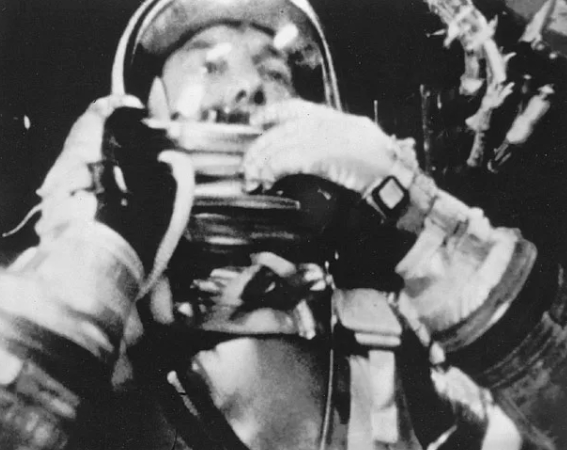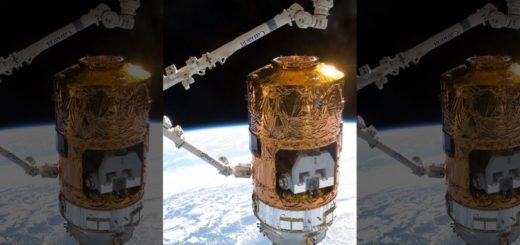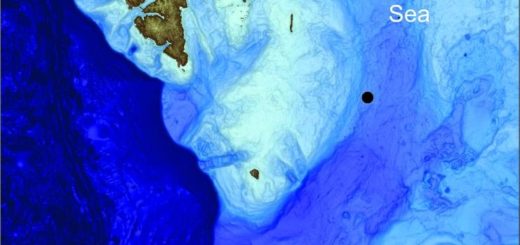On This Day in Space! May 5, 1961: Alan Shepard becomes 1st American in space

On May 5, 1961, NASA astronaut Alan Shepard became the first American to go to space. He launched from Cape Canaveral on a Mercury-Redstone rocket in a space capsule named Freedom 7.
This was the first manned flight of Project Mercury, which NASA created to put astronauts in orbit. Shepard launched just three weeks after the Soviet Union launched the first person into orbit.
Shepard’s flight was suborbital and lasted only 15 minutes, but he did experience weightlessness. During the flight, he tested the capsule’s attitude control system and retrorockets, which would be used to help future orbital missions land.
He reached an altitude of 116 miles before he parachuted back down to Earth. The Freedom 7 space capsule splashed down in the Atlantic Ocean near the Bahamas. The capsule tilted over onto its side after the landing, but it slowly turned itself upright after about a minute of bobbing in the water. Recovery teams arrived by helicopter and quickly helped him out of the water, and the mission was deemed a huge success.
Discover the story of how and why NASA was created, its greatest triumphs, darkest days, and of the times it exceeded all possible hopes. A tale of adventure, heroism and resourcefulness, learn of the space agency’s greatest achievements and how — over six decades — the organization has consistently and tirelessly devoted itself to its founding principle: that “activities in space should be devoted to peaceful purposes for the benefit of all humankind”.



 Creators of mankind
Creators of mankind Description of “Tall white aliens”
Description of “Tall white aliens” Where they came from?
Where they came from? About hostile civilizations
About hostile civilizations The war for the Earth
The war for the Earth “Tall white aliens” about eternal life
“Tall white aliens” about eternal life Video: “Nordic aliens”
Video: “Nordic aliens” Aliens
Aliens Alien encounters
Alien encounters The aliens base
The aliens base UFO
UFO Technology UFO
Technology UFO Underground civilization
Underground civilization Ancient alien artifacts
Ancient alien artifacts Military and UFO
Military and UFO Mysteries and hypotheses
Mysteries and hypotheses Scientific facts
Scientific facts


















